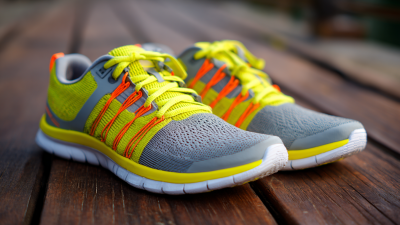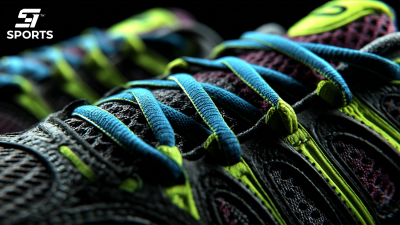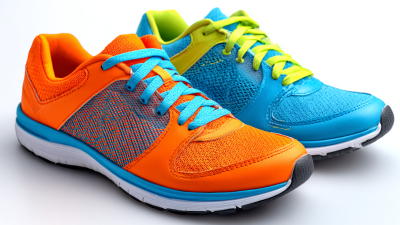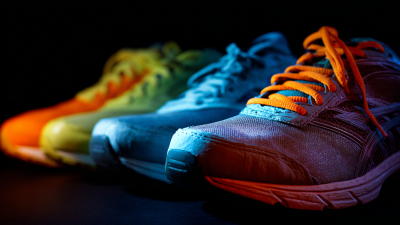In the fast-evolving world of athletic footwear, choosing the perfect sports shoes can significantly impact not only performance but also overall physical health. According to a recent report by Grand View Research, the global sports footwear market is projected to reach approximately $114.8 billion by 2025, with running shoes leading the demand. With various activities requiring specific features, understanding the nuances of sports shoes is crucial for athletes and fitness enthusiasts alike.
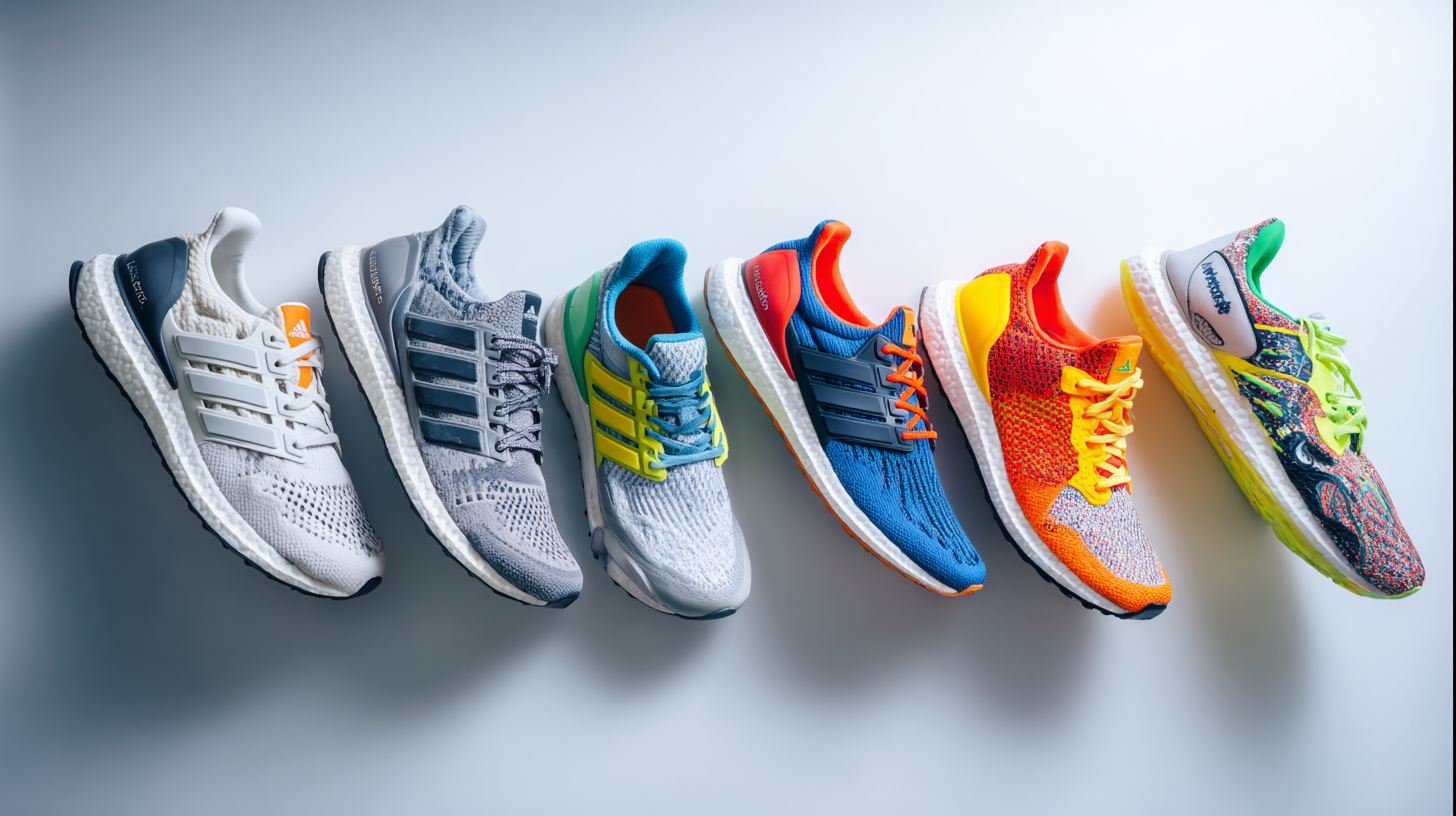
Whether engaging in running, basketball, or cross-training, the right pair can enhance comfort, support, and injury prevention. This guide aims to equip you with essential tips and knowledge to navigate the myriad of options available, ensuring that you select sports shoes that align perfectly with your unique needs and activities.
When choosing sports shoes tailored for specific activities, it's essential to understand the diverse types available on the market. Each activity from basketball to hiking requires different features in footwear, enhancing performance and preventing injuries. For instance, basketball shoes often include higher ankle support and cushioning to absorb impact, while trail running shoes focus on grip and durability to tackle uneven terrain.
Market insights indicate significant growth in the footwear sector, projecting a rise from $495.46 billion in 2025 to $789.52 billion by 2032. This growth reflects the increasing demand for specialized sports shoes, driven by trends such as the integration of lightweight materials and technological advancements. The popularity of fitness tourism also suggests that consumers are prioritizing versatile shoes that can seamlessly transition between activities, further fueling the market's expansion. As brands innovate to merge style and functionality, understanding the specific requirements for different activities will empower consumers to make informed choices in their sports footwear.
When it comes to selecting the right sports shoes, understanding key features is essential for optimal performance. Recent industry reports indicate that nearly 70% of athletes prioritize fit and support over other features, underscoring how critical it is to find shoes that conform comfortably to your foot shape. Look for shoes that offer adequate arch support tailored to your specific activity—running, basketball, or cross-training all demand different support systems. For example, a study from the American Journal of Sports Medicine notes that 58% of running injuries were linked to improper footwear, highlighting the direct correlation between shoe choice and injury prevention.
Tips: Always consider the type of sole material used in sports shoes. Rubber outsoles provide excellent traction and durability for various surfaces, while EVA foam midsoles offer cushioning that absorbs impact efficiently. Additionally, breathability is a crucial factor—shoes with mesh uppers not only keep feet cool but also reduce the risk of blisters, as acknowledged by a recent survey from the Sports Health Journal, which reported a 30% decrease in foot-related injuries among athletes who chose breathable footwear.
Furthermore, it's important to account for weight when selecting sports shoes. Lighter shoes can enhance speed and agility, a crucial factor for athletes participating in events like sprinting or court sports. A study published in the Journal of Sports Sciences indicates that lighter footwear can improve performance by up to 6%. When choosing your shoes, always ensure they align with the demands of your specific sport and training regimen for the best results.
| Activity | Key Features | Recommended Cushioning | Traction Type | Breathability |
|---|---|---|---|---|
| Running | Lightweight, flexible, support | Moderate to High | Road | High |
| Basketball | Ankle support, cushioning, stability | High | Flat | Moderate |
| Tennis | Stability, lateral support | Moderate | Herringbone | Moderate to High |
| CrossFit | Versatile, grip, stability | Low to Moderate | Mixed | High |
| Walking | Cushioning, comfort | Moderate | Flat | High |
When selecting sports footwear, the first step towards finding the perfect fit is accurately measuring your feet.
Start by ensuring you have a piece of paper, a ruler, and a pen handy.
Place the paper on a flat, hard surface and stand on it with your heel against a wall.
Mark the longest toe, as this will give you the length measurement.
Use the ruler to measure the distance from the edge of the paper to that mark, which will help you determine your foot size.
Additionally, width is a crucial factor in achieving the perfect fit.
To measure your foot's width, use the same paper method but trace around your foot while standing.
Identify the widest part of your foot and measure the width at that point.
With both the length and width measurements, refer to the sizing chart of the brand you are interested in, as sizes can vary between manufacturers.
Remember, the right fit allows for some room in the toe box while providing support and stability,
ensuring optimal performance during your activities.
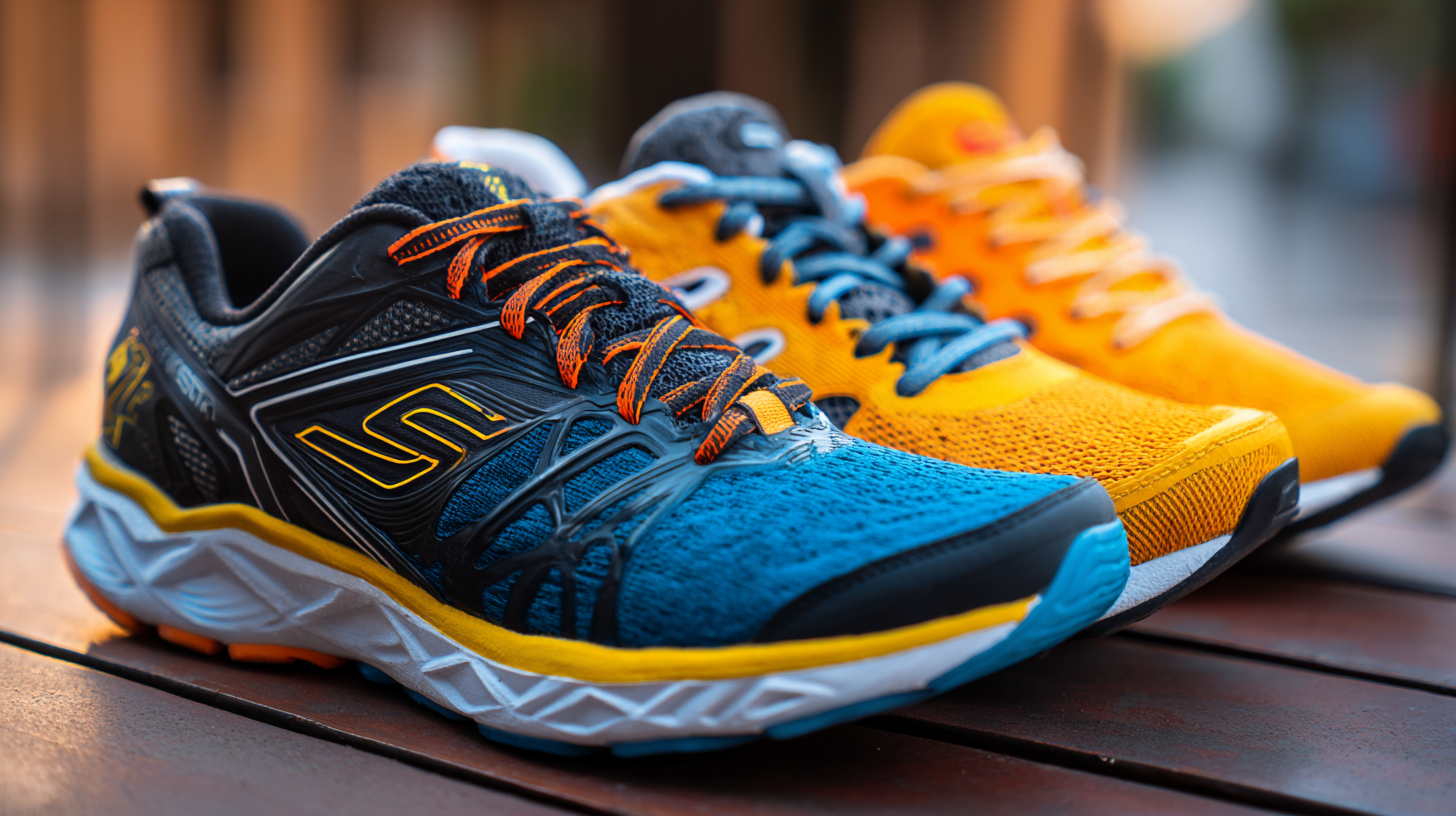
Choosing the right sports shoes can significantly enhance your performance and comfort during various activities. One essential tip is to identify the specific activity you plan to engage in. For instance, running shoes are designed with cushioning and support features that cater to the needs of runners, while cross-training shoes provide versatility for multiple workouts. Make sure to consider the terrain—trail running shoes offer extra grip for uneven surfaces, whereas road running shoes are optimized for flat pavements.
Another crucial factor is your activity level. If you’re a beginner, seek shoes with more cushioning and support to help absorb impact and provide comfort during your workouts. For experienced athletes, a lightweight shoe that allows for speed and agility may be more suitable. Additionally, don't forget to evaluate fit; shoes should provide snugness around the heel while allowing for comfortable toe movement. Always try on shoes with the socks you plan to wear during your activities to ensure a proper fit.
When selecting sports shoes, many individuals fall into common pitfalls that can compromise their performance and comfort. One prevalent mistake is choosing style over functionality. Research from the American Academy of Podiatric Sports Medicine indicates that the right footwear can prevent injuries, with improper shoes contributing to over 60% of sports-related injuries annually. Hence, it's paramount to prioritize features tailored to your specific activity, whether it's running, basketball, or cross-training.
Another frequent error is failing to consider the fit and support required for one's foot type. According to a study published in the Journal of Sports Sciences, nearly 70% of people wear shoes that do not match their foot shape, leading to unnecessary discomfort and long-term issues. It's essential to get a proper fitting and to understand the different types of arch support available. Investing time in understanding your biomechanical needs can significantly enhance your athletic performance while minimizing the risk of injury.

